The current situation is one that I, like many people who crave connection to others, would prefer not to be in, but I have decided to look at all the good that has come out of such a negative situation.
One positive is I have increased my step count two-fold by taking my lovely blue heeler puppy, who has all the energy in the world, for two runs a day. Not only am I getting in shape but I am strengthening my bond with my pet little by little every day.
Our run in the morning is around 5 a.m., and during this time I also practice my mindfulness. I don’t take my phone and don’t listen to any music. Instead, I listen to the world around me and take the moment to appreciate the nature that surrounds us and get my thoughts in order for the day.
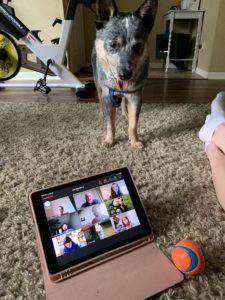
Our second run is in the evening once it cools down a bit, and the view is completely different. I see families taking walks together, children playing in the front yard, couples sitting on their porches enjoying each other’s company. This is completely different than the normal view of people on their phones, children playing video games, and others constantly in a rush. It is as though this little isolation has brought forward what is most important.
Another positive is to see that social media does have the power to be good. For instance, Instagram has been one that I personally enjoy checking daily now. Not to compare myself to others, but to see all the fun challenges. There is one that is about squatting your pet (safely and if under 50 lbs) and it’s so fun to watch, as are others like the properly named “see a pup send a pup,” or the “until tomorrow” where embarrassing photos are posted just for a laugh.
Besides the positivity of puppies and a good laugh the world is coming together as a community. Professional students (medical, veterinarian, dentistry, and others) are helping with this in some way shape or form. Either on the forefront of the fight or donating extra personal protective gear to local hospitals. The profession of veterinarian medicine is trying to help out the medical community by donating ventilators and other equipment that can be used.
Last note of positivity is the Zoom meetings. Luckily, this day and age technology allows us to still connect face to face, and thank goodness we have this ability. Zoom meetings for class, although it can be difficult at times, have actually been really fun. This is because we can see how our classmates and professors live, and it gives us insight into other people’s lives. Some of us are using it as a study tool and still meat with the study groups that we normally do just to keep the normalcy. Others are using it to connect with friends to do a workout class together because we all know staying fit is better with company. It allows us to fulfill that connection we need as humans.
I know this is a trying time on everyone, but with every dark day there is a cloud with a silver lining. Take a moment each day to look and find the silver lining.
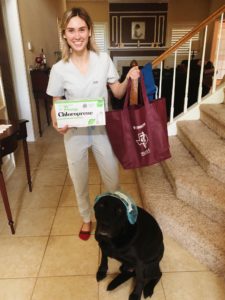

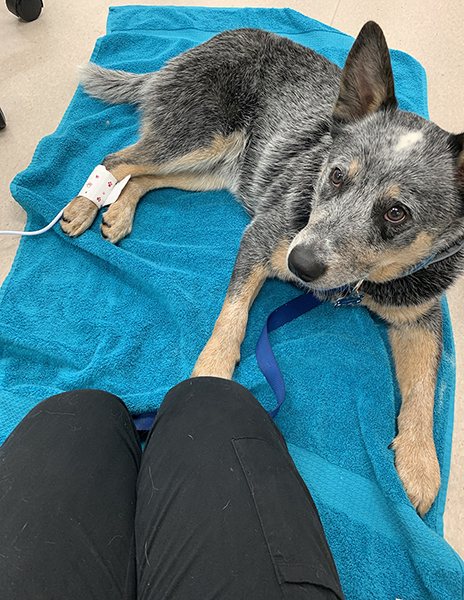
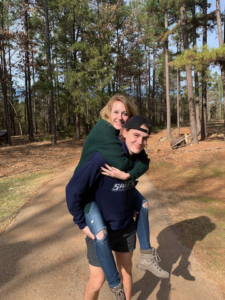
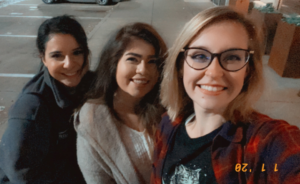
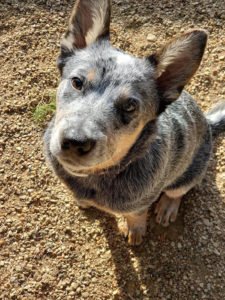 thankful for what we have or where we are in life.
thankful for what we have or where we are in life.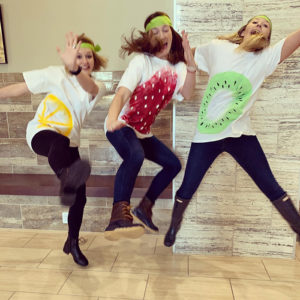 each other candy every once in a while.
each other candy every once in a while.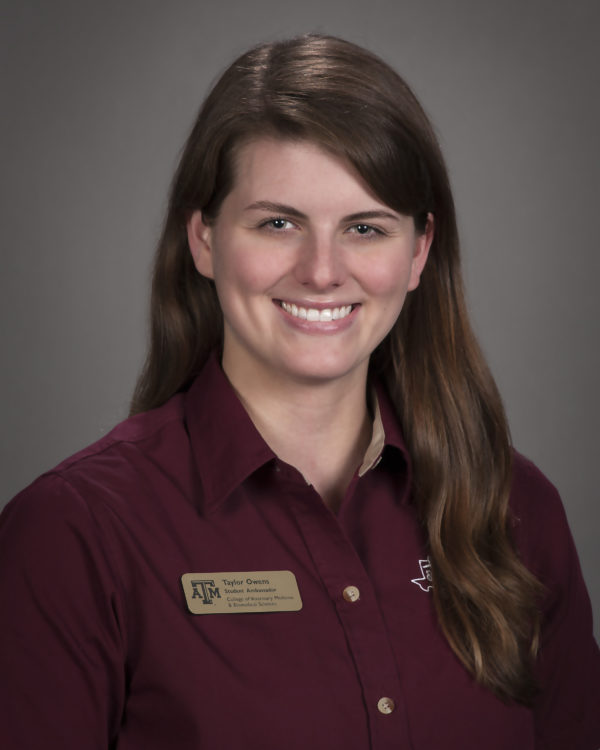 Last week we received our fourth-year clinical rotation schedules! During your fourth year of veterinary school, you complete 24, two-week clinical rotations throughout the different services in the Small and Large Animal Hospitals and have some time set aside throughout the year for externships and vacation.
Last week we received our fourth-year clinical rotation schedules! During your fourth year of veterinary school, you complete 24, two-week clinical rotations throughout the different services in the Small and Large Animal Hospitals and have some time set aside throughout the year for externships and vacation.